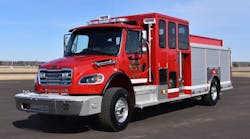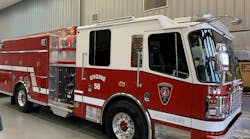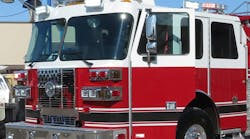This column is a component of VFIS' "Operation Safe Arrival" initiative, aimed at heightening safety awareness and reducing the frequency and severity of accidents involving emergency vehicles.
You're responding to a call with your emergency vehicle's lights and sirens operating at full force. Time is of the essence. So, how fast should you travel? The fact is that lights and sirens don't give you a license to speed. In fact, in some cases, you should be traveling below the posted speed limit. And it's important that every emergency vehicle operator in your organization knows it.
Most state laws grant certain privileges to emergency vehicles operating with lights and sirens - for example, traveling through a controlled intersection against a stop signal or driving the opposite way on a one-way street. But they are just that - privileges. The goal when responding to a true emergency - that is, when there is a high probability of death, serious injury or property loss and actions by an emergency vehicle driver may reduce the seriousness of the situation -- is to use due regard and caution so that no one gets hurt, no property is damaged, and you arrive safely.
As a general rule, the speed at which your response is made should be at or below the posted speed limit, depending on road, weather and vehicle conditions at the time of the response. Examples of conditions requiring slower speeds include, but are not limited to:
- slippery/wet road conditions
- inclement weather
- poor visibility
- heavy or congested traffic conditions
- difficult road/highway design or characteristics such as sharp curves or steeply sloped shoulders
- vehicle design or characteristics
There may be exceptions to operating an emergency vehicle at or below the posted safe speed limits -- for example, if your state motor vehicle code allows it. But even if it does, your speed should never exceed 10 miles per hour over the posted limit up to a maximum of 70 miles per hour. Exceptions should be considered only when your emergency vehicle operator is driving on:
- four lane highways
- non-congested highways with excellent visibility
- rural roads with excellent visibility and few intersecting roads
Proper response speeds should be part of your organization's standard operating procedures and guidelines, and they should be regularly reviewed with every one of your emergency vehicle drivers and enforced. Why? Because driving at safe speeds with due regard for others can make the critical difference between getting to the scene safely and never getting there at all.
Related: Don't Become A Statistic Developing Procedures For Emergency Vehicle Response Safe Intersection Practices Responding In Personal Vehicles VFIS Operation Safe Arrival Website




